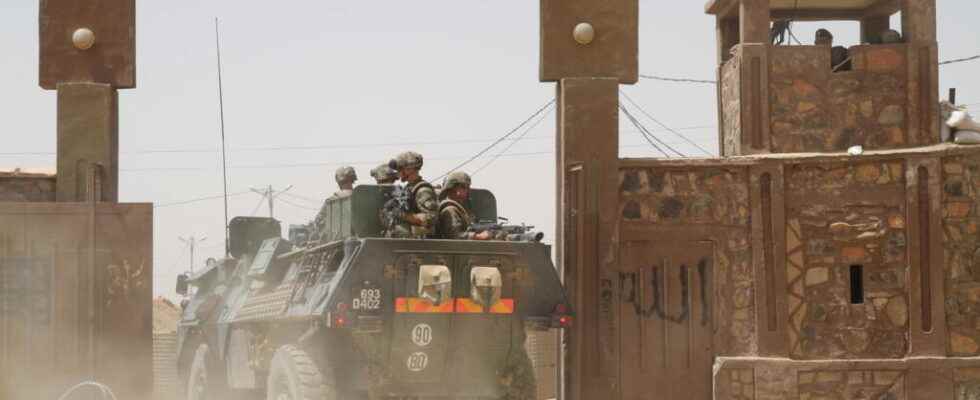Ten years ago, on January 11, 2013, France launched Operation Serval to stem the progress of jihadist groups in Mali. Within weeks, Paris had deployed up to 5,000 soldiers to prevent Bamako from falling into the hands of armed terrorist groups.
On January 10, 2013, Mali held its breath: jihadist groups approached the very strategic airport of Sévaré, near Mopti, in the center of the country. A concentration of fighters is ready to sweep over Bamako. President Traoré then called on France for help. The UN Security Council, meeting urgently, calls for support for the Malian Armed Forces (Fama).
January 11 in the morning in Paris, the decision of an intervention is essential. At the Élysée, during a Defense Council, President Hollande launched Operation Serval. The first French troops to intervene are the special forces of the Saber device whose soldiers are deployed in the Mopti sector. And from the first clashes, one of their helicopters was hit, Lieutenant Damien Boiteuxpilot of a Gazelle helicopter, will be the first French soldier to fall in Mali.
Resumption of northern cities in Mali in fifteen days
In mainland France, the legionnaires of the 2nd foreign parachute regiment (REP) are put on alert, their mission will be to jump on Timbuktu to secure the Niger loop. The response is organized. Soldiers from the Licorne in Côte d’Ivoire and Epervier in Chad flock to Bamako. They are soon more than 2,000.
A spectacular and unanimously acclaimed theatrical opening. In just fifteen days, the French troops resumed major cities in northern Mali and on February 2, François Hollande arrives in Timbuktu as a liberator. Serval, responding to a call for help from the Malian government, had fulfilled its mission in a few days.
►Also read: Analysis – Mali: ten years ago started Serval, an operation acclaimed at the time, unthinkable today
